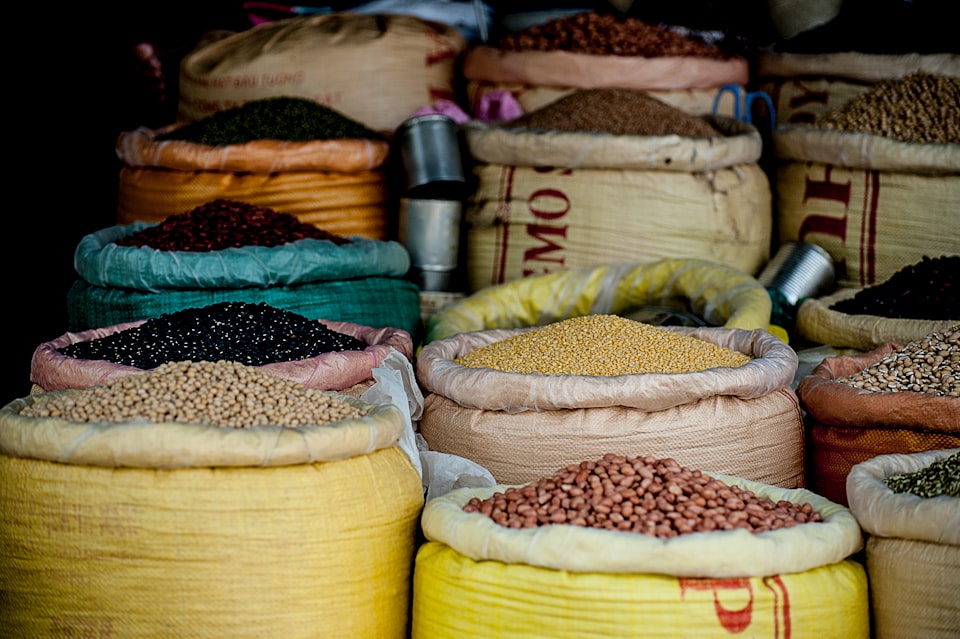pyspark-bucketmap

Have you ever heard of pyspark's Bucketizer? It can be really useful! Although you perhaps won't need it for some simple transformation, it can be really useful for certain usecases.
In this blogpost, we will:
- Explore the
Bucketizerclass - Combine it with
create_map - Use a module so we don't have to write the logic ourselves 🗝🥳
Let's get started!
The problem
First, let's boot up a local spark session:
from pyspark.sql import SparkSession
spark = SparkSession.builder.getOrCreate()
spark
Say we have this dataset containing some persons:
from pyspark.sql import Row
people = spark.createDataFrame(
[
Row(age=12, name="Damian"),
Row(age=15, name="Jake"),
Row(age=18, name="Dominic"),
Row(age=20, name="John"),
Row(age=27, name="Jerry"),
Row(age=101, name="Jerry's Grandpa"),
]
)
people
Okay, that's great. Now, what we would like to do, is map each person's age to an age category.
| age range | life phase |
|---|---|
| 0 to 12 | Child |
| 12 to 18 | Teenager |
| 18 to 25 | Young adulthood |
| 25 to 70 | Adult |
| 70 and beyond | Elderly |
How best to go about this?
Using Bucketizer + create_map
We can use pyspark's Bucketizer for this. It works like so:
from pyspark.ml.feature import Bucketizer
from pyspark.sql import DataFrame
bucketizer = Bucketizer(
inputCol="age",
outputCol="life phase",
splits=[
-float("inf"), 0, 12, 18, 25, 70, float("inf")
]
)
bucketed: DataFrame = bucketizer.transform(people)
bucketed.show()
| age | name | life phase |
|---|---|---|
| 12 | Damian | 2.0 |
| 15 | Jake | 2.0 |
| 18 | Dominic | 3.0 |
| 20 | John | 3.0 |
| 27 | Jerry | 4.0 |
| 101 | Jerry's Grandpa | 5.0 |
Cool! We just put our ages in buckets, represented by numbers. Let's now map each bucket to a life phase.
from pyspark.sql.functions import lit, create_map
from typing import Dict
from pyspark.sql.column import Column
range_mapper = create_map(
[lit(0.0), lit("Not yet born")]
+ [lit(1.0), lit("Child")]
+ [lit(2.0), lit("Teenager")]
+ [lit(3.0), lit("Young adulthood")]
+ [lit(4.0), lit("Adult")]
+ [lit(5.0), lit("Elderly")]
)
people_phase_column: Column = bucketed["life phase"]
people_with_phase: DataFrame = bucketed.withColumn(
"life phase", range_mapper[people_phase_column]
)
people_with_phase.show()
| age | name | life phase |
|---|---|---|
| 12 | Damian | Teenager |
| 15 | Jake | Teenager |
| 18 | Dominic | Young adulthood |
| 20 | John | Young adulthood |
| 27 | Jerry | Adult |
| 101 | Jerry's Grandpa | Elderly |
🎉 Success!
Using a combination of Bucketizer and create_map, we managed to map people's age to their life phases.
pyspark-bucketmap
🎁 As a bonus, I put all of the above in a neat little module, which you can install simply using pip.
%pip install pyspark-bucketmap
Define the splits and mappings like before. Each dictionary key is a mapping to the n-th bucket (for example, bucket 1 refers to the range 0 to 12).
from typing import List
splits: List[float] = [-float("inf"), 0, 12, 18, 25, 70, float("inf")]
mapping: Dict[int, Column] = {
0: lit("Not yet born"),
1: lit("Child"),
2: lit("Teenager"),
3: lit("Young adulthood"),
4: lit("Adult"),
5: lit("Elderly"),
}
Then, simply import pyspark_bucketmap.BucketMap and call transform().
from pyspark_bucketmap import BucketMap
from typing import List, Dict
bucket_mapper = BucketMap(
splits=splits, mapping=mapping, inputCol="age", outputCol="phase"
)
phases_actual: DataFrame = bucket_mapper.transform(people).select("name", "phase")
phases_actual.show()
| name | phase |
|---|---|
| Damian | Teenager |
| Jake | Teenager |
| Dominic | Young adulthood |
| John | Young adulthood |
| Jerry | Adult |
| Jerry's Grandpa | Elderly |
Cheers 🙏🏻
You can find the module here:
https://github.com/dunnkers/pyspark-bucketmap
Written by Jeroen Overschie, working at GoDataDriven.